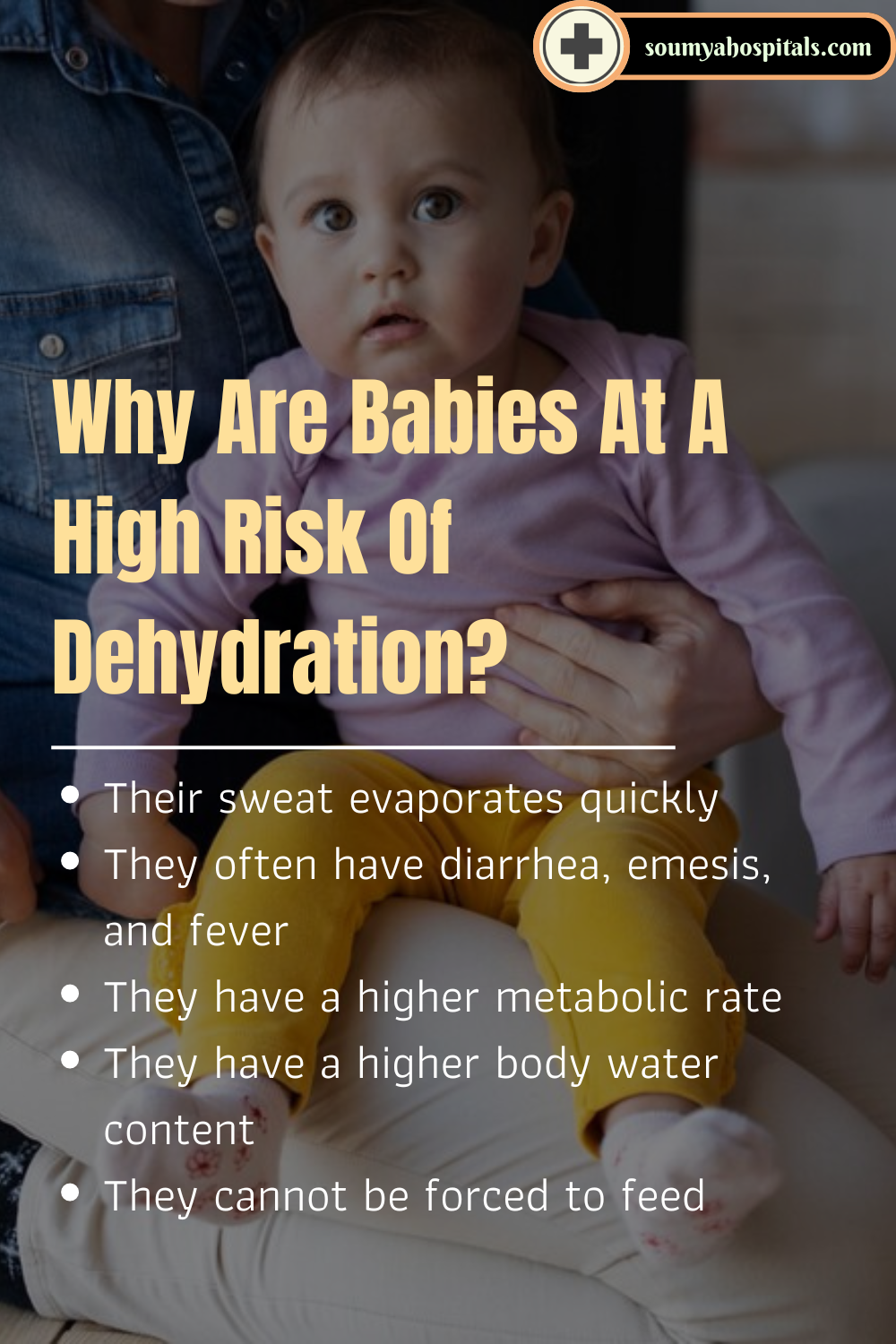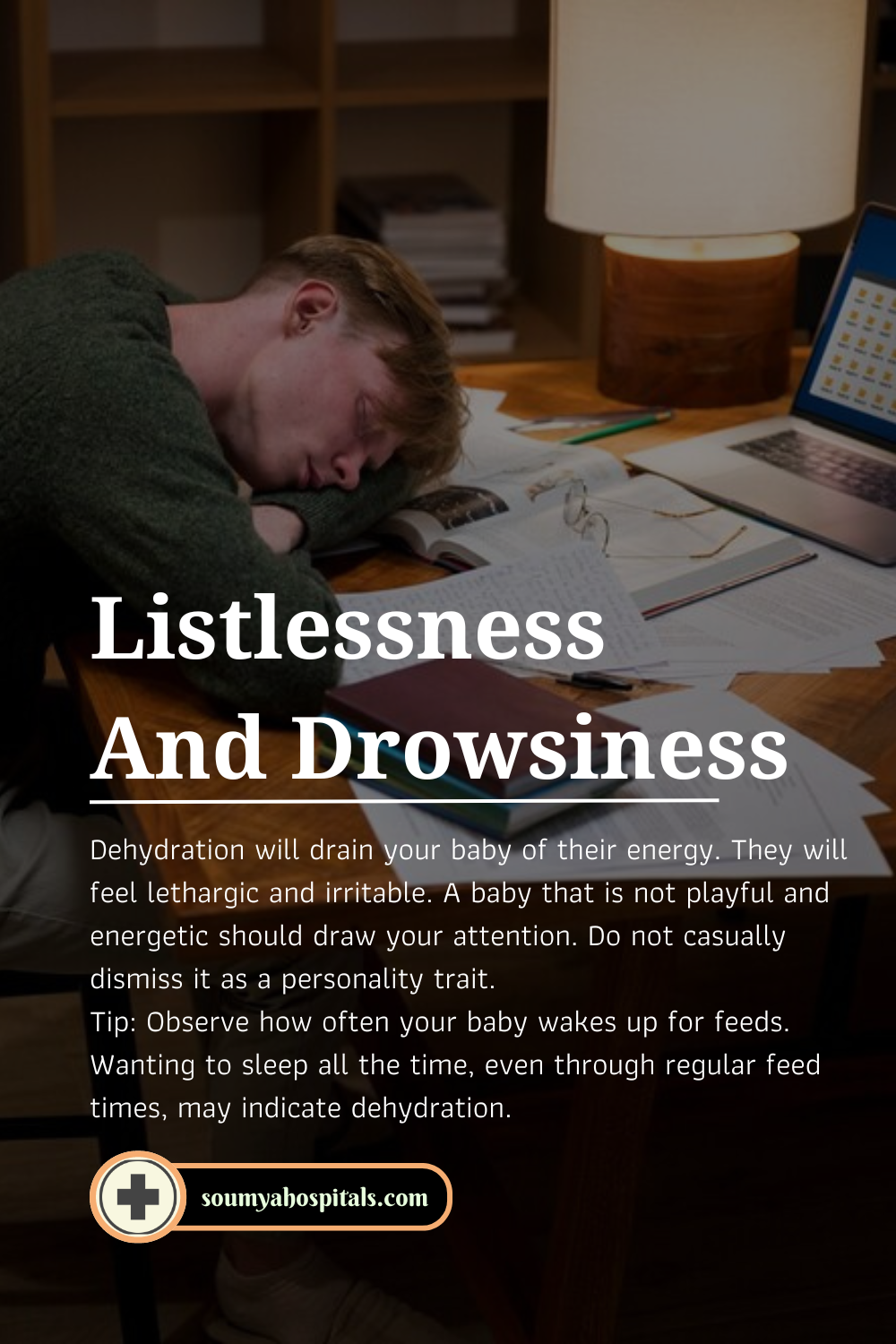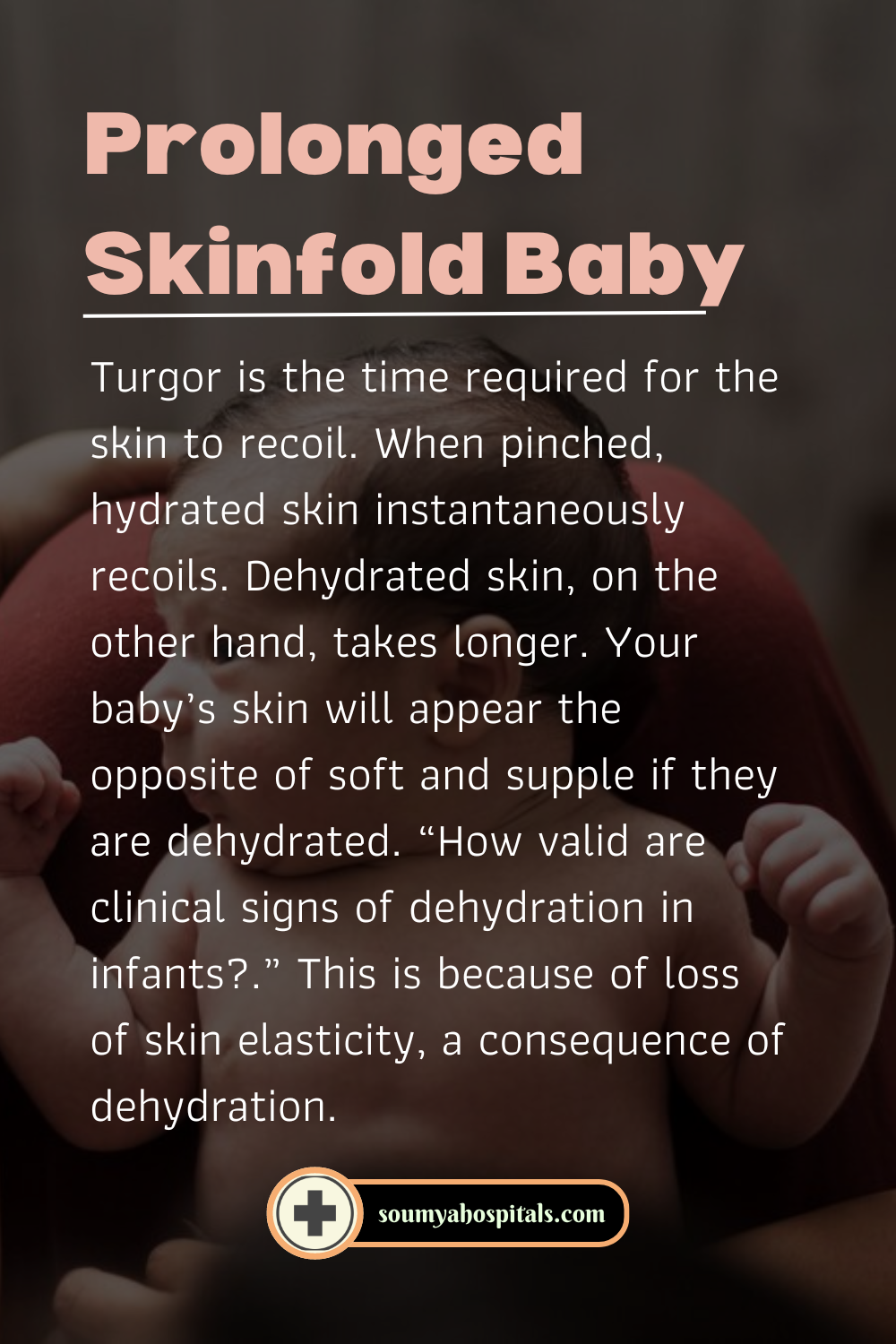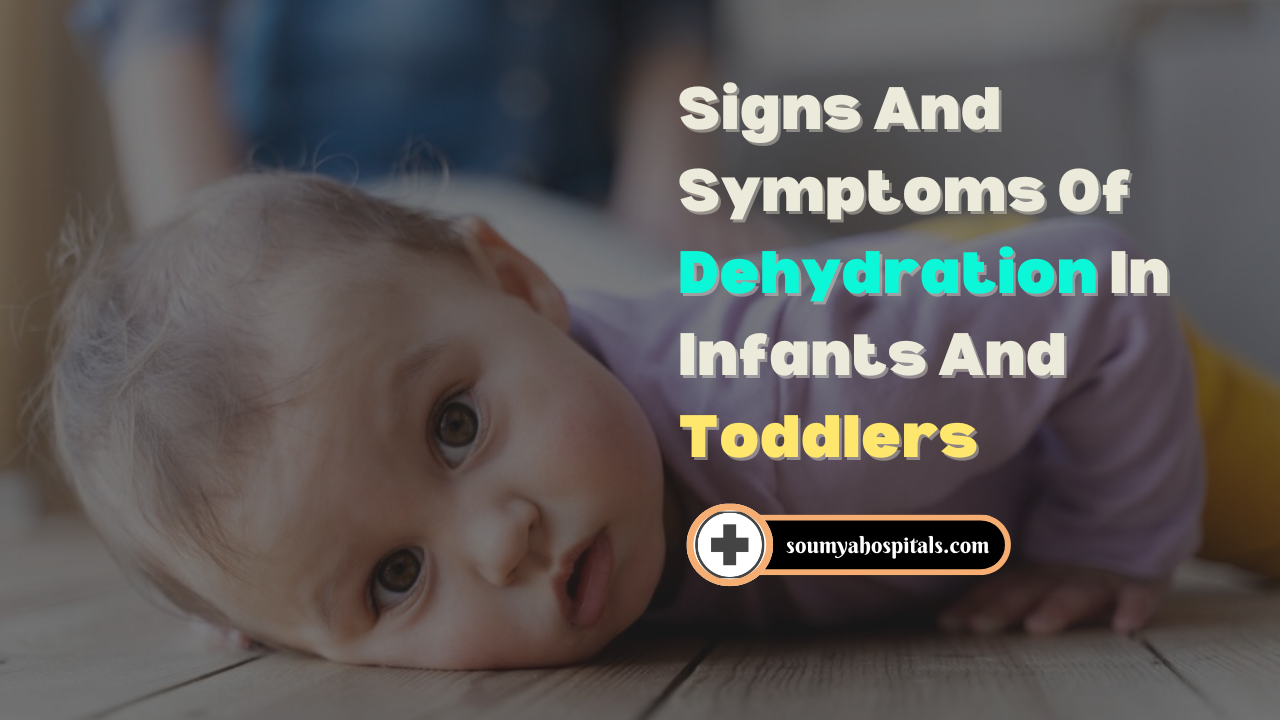Worrying is second nature to us parents, more so for us first-time parents. We vivaciously read information, talk to parent-friends, ask our own parents, and do all that we can to know if our babies are growing healthy and normal. A tiny scratch on our little one and most of us go on a panic-driven spree to relieve them of their “misery.”
The thing about babies that kindles our worry for them, beyond our blatant love, is their helplessness – their inability to communicate pain and tell us how they feel. This is why we need to be consistently attentive to the slightest change in their behavior and appearance at all times. One concern worrying parents of infants and toddlers around the world is dehydration, which is the loss of water and electrolytes from the body in excess of what is consumed.
Why Are Babies At A High Risk Of Dehydration?
Infants and toddlers can get dehydrated easily and need to be frequently replenished with fluids. Babies are more susceptible to dehydration because:
Their sweat evaporates quickly: Children are born with rough, dry, under-developed skin that gradually matures and moistens in the first year. Because of the dry texture, infant skin can absorb and lose water more easily compared with adults. Overheating due to hot weather, layered clothing, or a high fever can cause your baby to sweat extensively. The sweat quickly evaporates and triggers more sweat, causing significant water loss from your baby’s little body.
They often have diarrhea, emesis, and fever: Stomach bugs in babies are very common, making diarrhea and emesis (vomiting) a major concern for dehydration. Your little one won’t be able to maintain their fluid reserves if they are constantly passing stool or throwing up. Also, babies are vulnerable to a host of diseases because of which they frequently get a fever. High fever can cause profuse sweating, another cause of dehydration.

They have a higher metabolic rate: Due to smaller bodies and higher metabolic rate, babies need more frequent replenishment of water and electrolytes than adults. “Energy metabolism in children and adolescents.” If they don’t get it, they are likely to get dehydrated. Also, their bodies can only store small amounts of fluids at a time, making it all the more necessary to be hydrated often.
They have a higher body water content: Infants have 75% water in their bodies. This gradually drops by a huge 20% to 55% in the elderly. Loss of body fluids has a greater impact on their weight.
They cannot be forced to feed: Babies who are teething or who have an oral infection or cold may not want to feed because of soreness and pain. Less fluid intake poses a threat for dehydration. New moms who are inexperienced in breastfeeding may also cause a baby to receive fewer fluids. Dehydration is often an indicator of an underlying more serious condition. Healthy babies are not likely to be dehydrated.
Signs Of A Dehydrated Baby
Here are the signs in a nutshell: Remember that babies are prone to dehydration. Be on constant alert for these signs:
1. Weight Loss
Water comprises 75% body weight in infants. Extensive loss of water, as seen in dehydration, is bound to reflect on a child’s weight. Depending on the percentage of body weight lost, dehydration can be mild (up to 5% of body weight), moderate (6-10%), or severe (more than 10%). Mild dehydration is difficult to detect as there are no obvious symptoms. As there can be many reasons for weight loss, it is not practically possible to diagnose dehydration through weight loss alone.
2. Less Frequent Urination And Dark Yellow Urine
The math is simple. If your baby has less water content in their body, they will urinate less frequently. Urine that is held in longer is also darker.
Tip: A good way to know if your baby is urinating less is by counting the number of diapers you have to change. Less than 5 wet diapers a day or no wet diapers for 3 hours or more rings an alarm bell.
3. Listlessness And Drowsiness
Dehydration will drain your baby of their energy. They will feel lethargic and irritable. A baby that is not playful and energetic should draw your attention. Do not casually dismiss it as a personality trait.
Tip: Observe how often your baby wakes up for feeds. Wanting to sleep all the time, even through regular feed times, may indicate dehydration.

4. Prolonged Diarrhea Or Vomiting
This is more of a cause for dehydration than a symptom. Children have weaker immune systems than adults making them more vulnerable to sicknesses. Vomiting or loose stools for 3 days at a stretch can drain your baby’s fluid reserves and cause dehydration.
Tip: Normal baby stools are usually soft and loose. It may be difficult to tell whether your baby has diarrhea or not. Watch out for very watery stools and stools that are more frequent than usual.
5. Dry Tongue And Mouth
The excessive loss of water from the body will reflect in your baby’s mouth as well. The mucous membrane lining your baby’s tongue and mouth will appear dry or parched if they are dehydrated. Their lips will also appear dry and chapped.
6. Sunken Eyes And/Or Fontanelle (Soft Spot On Head)
Dehydration makes a baby look tired. Check for sunken eyes. Also, make your baby sit and check if the soft spot (fontanelle) on their head is sunken or not. The fontanelle test can be done for infants and toddlers under 18 months.
7. Less Or No Tears When Crying
Babies have a number of reasons to cry hunger, sleepiness, pain, heat, and any kind of discomfort. While you pay attention to why they’re crying, also check for tears. Freakishly, less water in the body also deprives your baby of tears.
8. Prolonged Skinfold
Turgor is the time required for the skin to recoil. When pinched, hydrated skin instantaneously recoils. Dehydrated skin, on the other hand, takes longer. Your baby’s skin will appear the opposite of soft and supple if they are dehydrated. “How valid are clinical signs of dehydration in infants?.” This is because of loss of skin elasticity, a consequence of dehydration.
Tip: When you pinch your baby’s skin, if it does not quickly bounce back and a “tent” is briefly pitched, your baby may be dehydrated.

9. Longer Capillary Refill Time
Capillary refill time is the time required for color to rush back to the skin after you have applied enough pressure to blanch it. This test is done by gently applying pressure on the sternum of infants. A dehydrated baby will exhibit longer capillary refill time.
Tip: Do this test first for yourself. Then compare your capillary refill time with that of your baby’s. Too much discrepancy may indicate dehydration.
10. Rapid Breathing And A Weak But Rapid Pulse
Again, this may be more of a cause than a symptom. A baby can lose body water in the form of vapor in the breath. Rapid breath means more vapor lost. Any abnormalities in respiration and heart rate could be indicative of dehydration.
For parents who are non-medical professionals, it may be difficult to understand the difference between a normal heart rate and one that is accelerated. In which case, this is not a sure shot sign.
11. Cold, Pale Feet And Hands
In severe dehydration, a child’s extremities may become cold and blotchy.
What Should You Do?
If your baby has ANY of the above symptoms, it is best you seek advice from a pediatrician. Longer capillary time, loss of skin turgor, and abnormal respiration are the most reliable signs of dehydration.
While dehydration is common in infants and toddlers, it is an easily reversible condition. With calculated fluid replenishment, mostly oral, your baby will bounce back to tip-top health in no time. Be careful when taking your baby outdoors, dress your baby in breathable fabric at all times, and keep track of their fluid intake to prevent dehydration.
